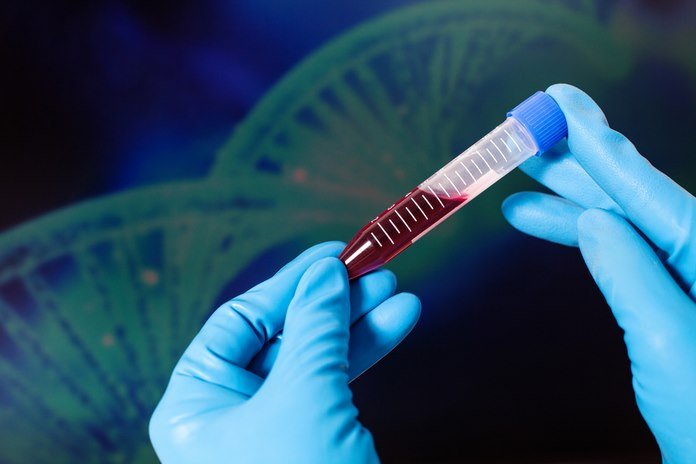Types Of Hemophilia
There are two main types of hemophilia, A and B. There is also a third type, which is rare and known as hemophilia C. Each type of this disease occurs due to deficiency of different clotting factors. People with hemophilia might have a deficiency of clotting factors, or they have no clotting factors present in their blood. There are 13 different types of blood-clotting proteins that work with platelets to make a clot at the site of injury. A deficiency of each factor leads to different blood clotting disorders. Factor VIII deficiency causes hemophilia A; type B is a factor IX deficiency, and type C is a deficiency of factor XI. Hemophilia A and B are X chromosome-linked disorders and mostly occur in males than females. While hemophilia C is not X-linked disease, and it equally affects men and women.
Hemophilia A
As we know, the deficiency of a specific blood-clotting protein leads to a different form of hemophilia. Type A of hemophilia occurs due to absence or lack of clotting factor 8. Type A is genetic, and people who born with hemophilia A inherit the faulty gene from their parents. According to different studies on hemophilia, almost 30 percent of cases of type A occurs due to spontaneous mutation in the genes. The disease is very severe in almost half of the cases diagnosed with hemophilia. Some diseases affect some ethnic groups more than individuals of other ethnicities, but hemophilia does not occur in a specific ethnic group and equally affects members of all ethnicities. As all individuals inherit one chromosome from each parent. The Male inherits one X chromosome from the mother and Y from the father. The faulty gene for the disease is present on the X chromosome. If a male carries a defected gene from his mother, he will be born as a diseased child. For a woman to have this disease, it is necessary to have both faulty genes. This condition is rare because hemophilia A is an X-linked disorder.
There are three stages of hemophilia A: mild, moderate, and severe. The stages of hemophilia depend on the amount of clotting protein in the blood.
- Mild hemophilia A:People with mild hemophilia have 6 to 49 percent of factor VIII in the blood. The symptoms of mild hemophilia generally occur in adulthood and include hard to stop bleeding after surgery or injury. Women experience heavy periods and massive bleeding after childbirth.
- Moderate hemophilia A: People with mild hemophilia have 1 to 5 percent of factor VIII. They often experience bleeding without apparent reason.
- Severe Hemophilia A: The level of clotting factor is less than 1 percent. These patients face frequent spontaneous bleeding, and internal bleeding in muscles and joints is a serious health concern in severe hemophilia A.
Hemophilia A can be diagnosed by using special blood clotting tests at specialized centers for hemophilia. These tests measure the ability of the blood to make clots and time taken in the formation of a blood clot. Treatment therapy involves the administration of missing clotting factor in the blood in concentrated form.

